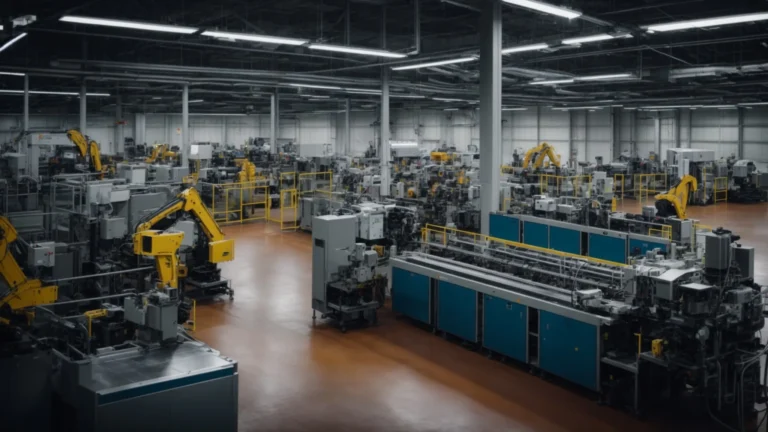Designing and constructing a senior living facility is a process that takes into account the needs of the residents, the staff who will care for them, and the budget. Keep reading to learn more about the process of designing and constructing a senior living facility.
Schematic Design
Schematic design is the first step in designing a new building or renovation project. The purpose of schematic design is to develop a basic idea of what the finished product will look like and how it will function. This includes creating floor plans, elevations, and section drawings that show the overall layout of the building and its individual spaces. During schematic design, architects also work with clients to determine their needs and wants for the project. For example, some needs and wants may include retractable awnings or artificial turf fields.
They may also consult with engineers and other professionals to get input on structural requirements, lighting, and HVAC systems. Once all this information has been gathered, the architect can begin drafting preliminary designs for the project. Construction documents are contractors’ drawings and specifications to build a project. The construction documents include drawings of the exterior and interior of the building, as well as detailed specifications for materials and finishes and a bill of materials. Contractors use construction documents to bid on projects and to construct the project according to the architect’s or engineer’s specifications.
The schematic design process is an essential early step in any construction project as it sets the tone for everything that follows. It’s also a time when changes can be made quickly and relatively inexpensively, so it’s essential to get feedback from everyone involved and make sure everyone is on board with the direction the project is taking.
Bidding and Contractor Selection
When designing and constructing a senior living facility, the bidding and contractor selection process is critical to ensure that the project is completed on time and within budget. The contracting firm will need to be able to provide a detailed scope of work, as well as a timeline for completion. It is also essential to select a contractor who has experience with similar projects. The contracting firm will typically put out a request for proposals (RFP), which allows interested parties to submit their qualifications.
Once the proposals are received, the contracting firm will review them and select finalists. These finalists will then be asked to provide more detailed proposals, which will be used to make a final decision. It is important to note that the selection of the contractor is not always solely based on price; factors such as references, past performance, and safety records can also be considered.
Operating Costs & Budgets
When designing and constructing a senior living facility, one of the main things that need to be considered is the operating costs. It’s essential to have a realistic budget to ensure that the project can be completed within its proposed budget and that there will be enough money left over for day-to-day operations. Many factors go into calculating operating costs, including staffing levels, food and beverage expenses, utility bills, and maintenance costs.
One of the most critical aspects of creating a budget is estimating how many people will use the facility. This will help determine how much staff is needed, what type of food and beverages should be served, and what utilities will be required. It’s also important to factor in future growth potential so that the budget can accommodate any increase in demand.
Maintenance costs can vary greatly depending on the age and condition of the building. If it’s an existing structure, there may be some repairs or upgrades that need to be made to meet safety standards. If a new building is being constructed, then additional attention needs to be paid to features like climate control systems and fire suppression systems that can add significantly to the overall cost.


